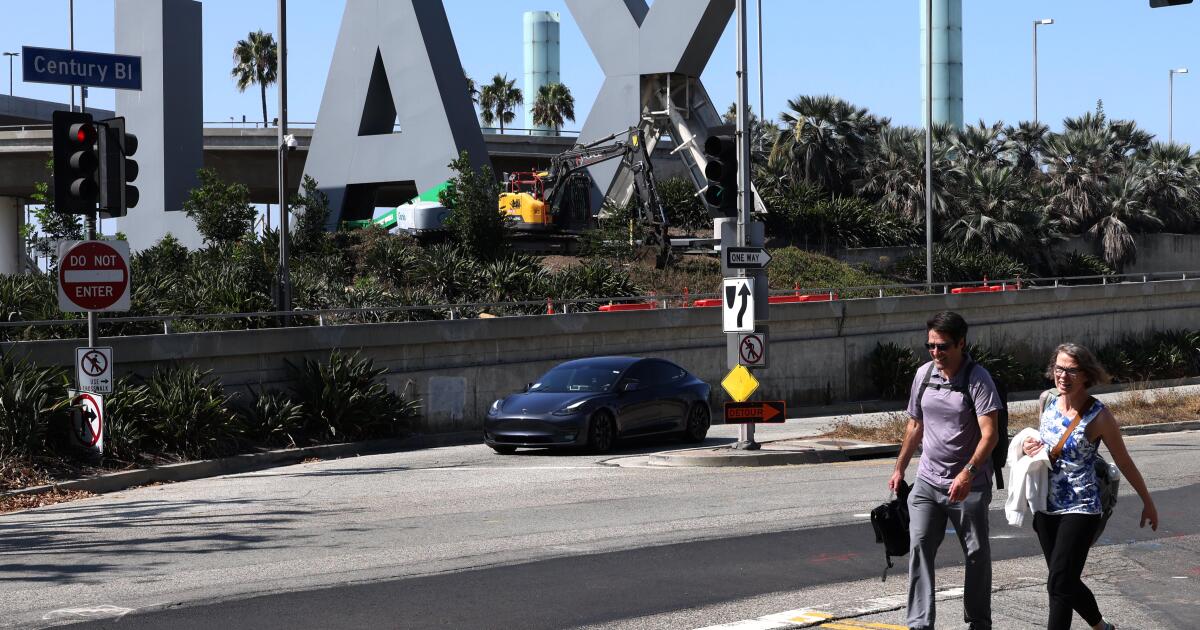cnn
—
Here's a look at Easter and Holy Week.
On Easter Sunday, Christians celebrate the resurrection of Jesus Christ on the third day after his crucifixion. It also marks the end of the 40-day period of penance called Lent. Easter is considered the most important season of the Christian year.
March 31, 2024 – Easter Sunday
It is celebrated on the first Sunday after the first full moon after the first day of spring.
In some countries, Easter is called “Pascha,” which comes from the Hebrew word for Passover.
The Jewish holiday of Passover took place just before the crucifixion and resurrection of Christ.
The Eastern Orthodox Church uses other factors to determine the date and will celebrate on May 5, 2024.
Christianity is one of the largest religions in the world, with approximately two billion followers worldwide.
March 24, 2024 – palm sunday
For Christians, Palm Sunday commemorates Jesus' arrival in Jerusalem before his crucifixion, where palm fronds and clothing were laid out in his path.
Palm Sunday is usually celebrated with a procession and distribution of palm leaves.
In some churches, palms are saved and burned to ashes for use on Ash Wednesday the following year.
Palm Sunday is also called Passion Sunday.
It is the last Sunday of Lent and the first day of Holy Week.
March 28, 2024 – Maundy Thursday (also called Maundy Thursday)
The celebration commemorates the Last Supper, before the crucifixion of Jesus.
Some churches hold a special communion service.
March 29, 2024 – Good Friday
For Christians it is a day of mourning and penance. Good Friday marks the day Jesus died on the cross.
Good Friday is celebrated the Friday before Easter Sunday.
Many observe the day by fasting and attending religious services.
Celebrated since 100 AD as a day of fasting, Good Friday gained importance as a Christian holy day in the late 4th century.
Symbols and customs
Eggs have long been a symbol of life and rebirth.
Painting and dyeing eggs predates Christianity.
Polish folklore shows the Virgin Mary offering eggs to the soldiers guarding Christ on the cross, as she begged them to be merciful, her tears leaving stains on the eggs.
1885 – The Tsar of Russia commissions the jeweler Fabergé to design an enameled egg every Easter.
The first Fabergé egg contained a miniature diamond crown and a tiny ruby egg.
Of the 50 Imperial Easter eggs made, most are now in museums.
The origins of the Easter Bunny are unclear, but it appears in early German writings.
The first edible Easter bunnies appeared in Germany in the 19th century and were made with sugar and cakes.
Jelly beans first became part of Easter celebrations in the 1930s.
According to the National Retail Federation (as of March 2024):
About 81% of adults in the United States plan to celebrate Easter in 2024.
Those who celebrate Spend an average of $177.06 per person on clothing, candy, decorations and more. And about half of those who don't celebrate will still spend an average of $20.52 on Easter-related sales.
Planned activities include: cooking a Christmas meal (57%), visiting family and friends (53%), and going to church (43%). Half (51%) of households with children plan to have an Easter egg hunt.
According to the National Confectioners Association, 92% of Americans who create Easter baskets include chocolate and candy.












